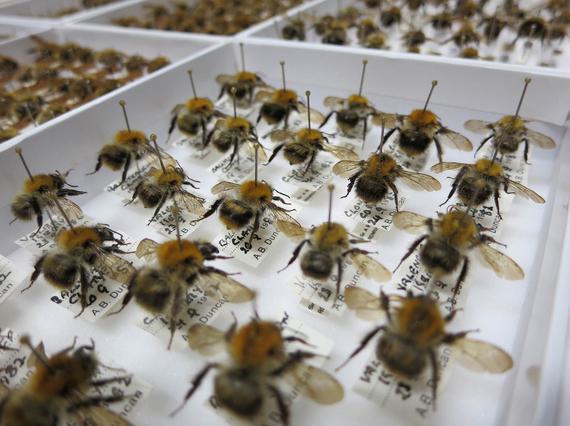
Why do museums collect insects?
Introduction
Our entomology collection at National Museums Scotland contains approximately 2.5 million insect specimens, which are cared for and studied at the National Museums Collection Centre.
Watch this video to learn about why we collect insects and what they’re used for.
From scientific value to public engagement
Scientific value
Museums collect insects because these physical specimens are so scientifically valuable. For example, physical specimens are essential for species identification, which requires careful examination under a microscope and sometimes dissection.
Species discovery
Collections also play a crucial role in species discovery, as they are repositories for primary types (the specimen that the species description is based on) and other comparative material. This is important, as more than a million species of insect have been described to date, but it’s estimated as many as 30 million species may exist.
Additional information
Physical specimens can provide lots of additional information. You cannot extract DNA from a photograph or analyse pesticide residue from a written description. Many specimens together, accompanied by good data, allows us to study species change. Information like this is a vital resource for addressing globally important issues, such as:
- biodiversity loss
- climate change
- invasive species
- vector control
- food security
Public engagement
Insect collections are also a wonderful resource for public engagement. They provide opportunities for training, education, public displays and outreach.
For the full potential of these collections to be realised, they must be carefully maintained, properly curated and be made as accessible as possible to researchers.
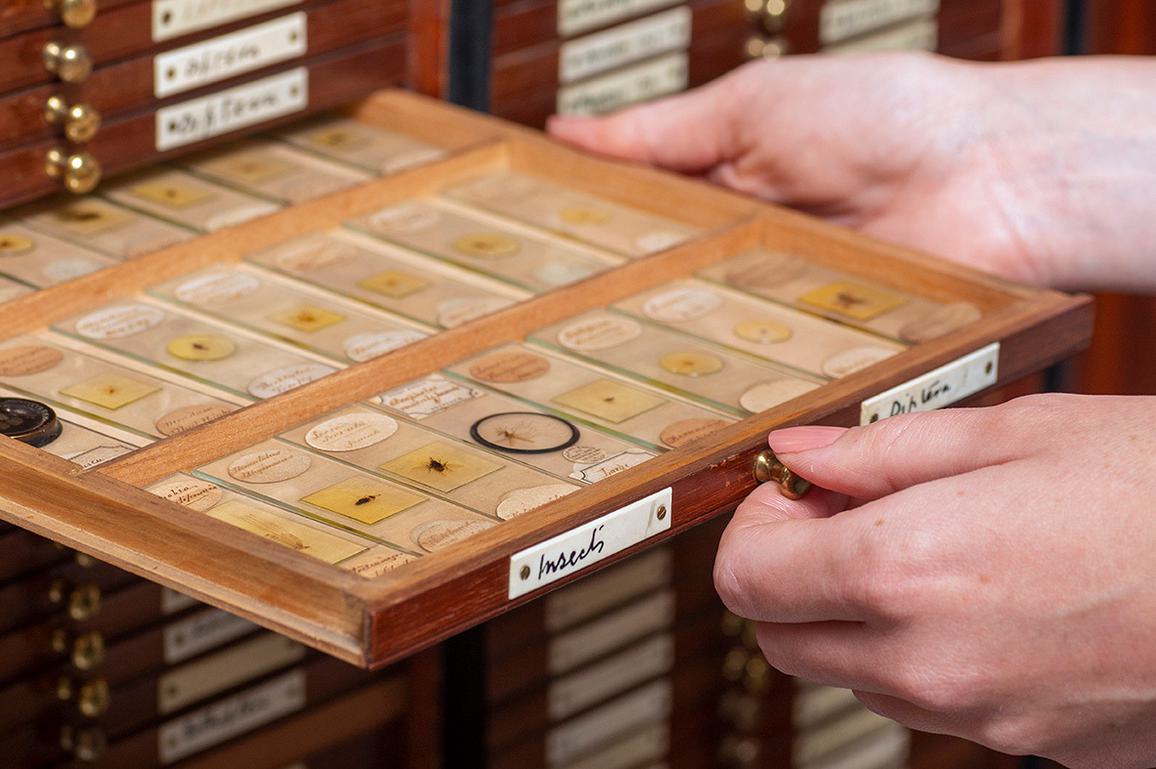
Additional resources
Further reading
- Natural Sciences Collections Association (NatSCA) – Care and Conservation of Natural History Collections: Insects and other invertebrates
- Natural Sciences Collections Association (NatSCA) – Guide to Insect Collections in the British Isles
- Museums and Galleries Commission – Standards in the Museum Care of Biological Collections
- Collections Trust – Spectrum collection management standards
Useful groups
- The Insect Collections Managers Group (ICMG) – A group of specialist collections managers, working with insect collections in Britain and Ireland.
- The Entomological Collections Network (ECN) – A network of insect collection managers from around the world, who disseminate information about best practices in entomological natural history collections.
- Natural Sciences Collections Association (NatSCA) – A UK-based membership organisation and charity that represents natural science collections and the people that work with them.
More in this resource
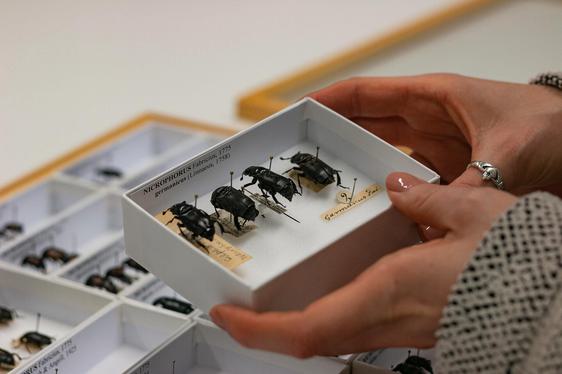
Preservation and storage methods
Learn about preservation and storage methods, environmental control, packing specimens for loans, and how to move entomology collections.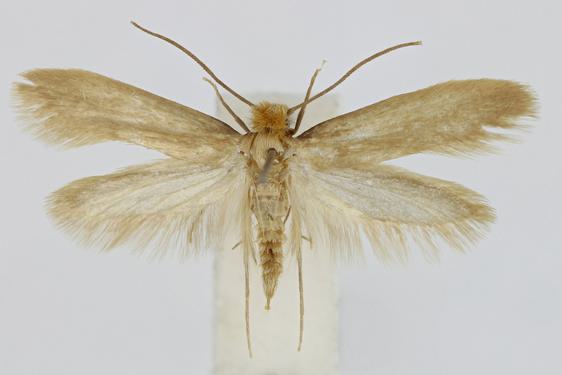
Identifying pests and managing infestations
Discover how to identify pests, and manage infestations.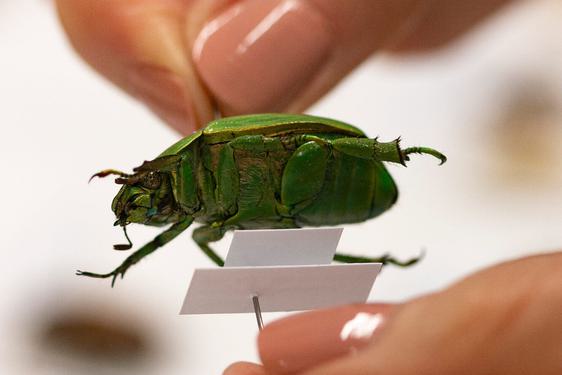
Specimen preparation and conservation
Discover how to prepare and conserve specimens.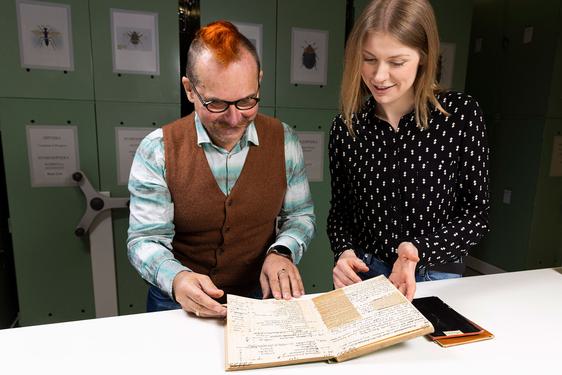
Collections data
Find out how data around entomology collections is used.